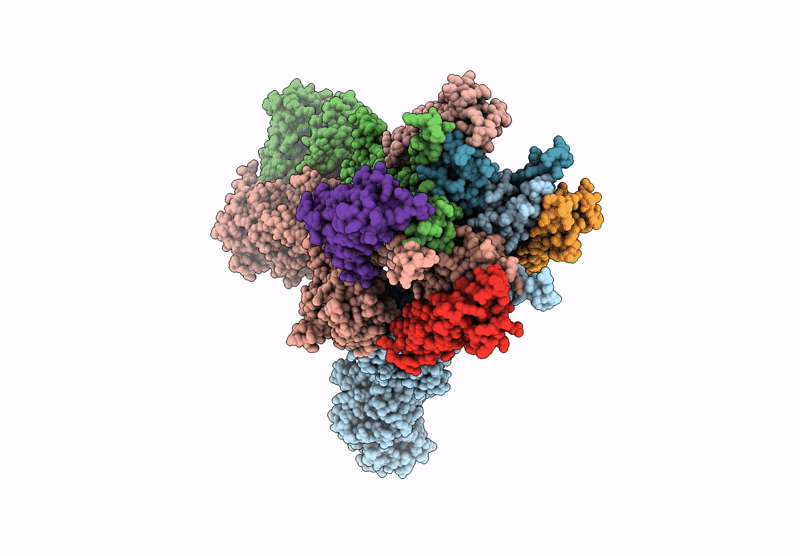
Deposition Date
2025-03-11
Release Date
2025-07-09
Last Version Date
2025-09-24
Entry Detail
PDB ID:
9QFH
Keywords:
Title:
The composite map of of the AMPAR complex GluA3- TARP gamma2 in the apo state.
Biological Source:
Source Organism:
Rattus norvegicus (Taxon ID: 10116)
Host Organism:
Method Details:
Experimental Method:
Resolution:
2.90 Å
Aggregation State:
PARTICLE
Reconstruction Method:
SINGLE PARTICLE


